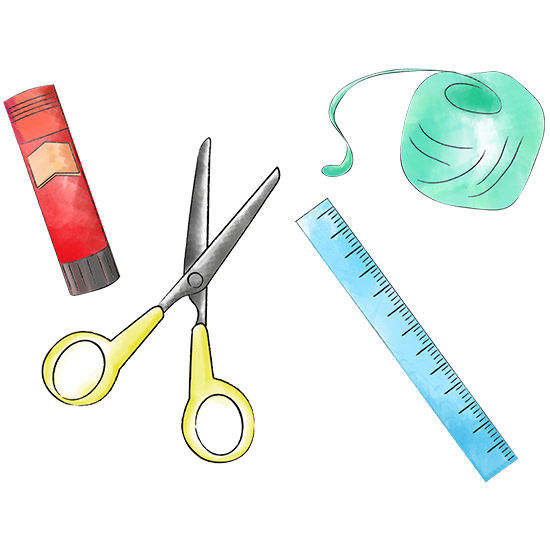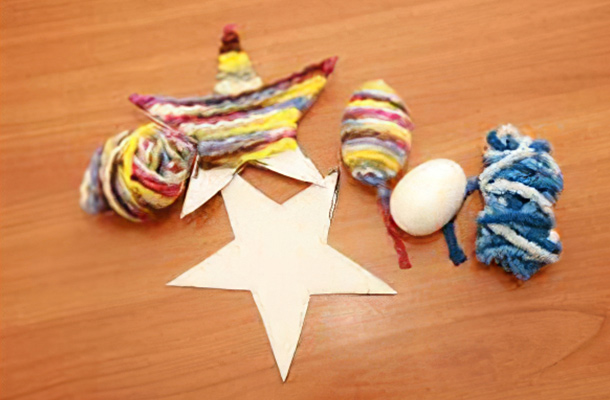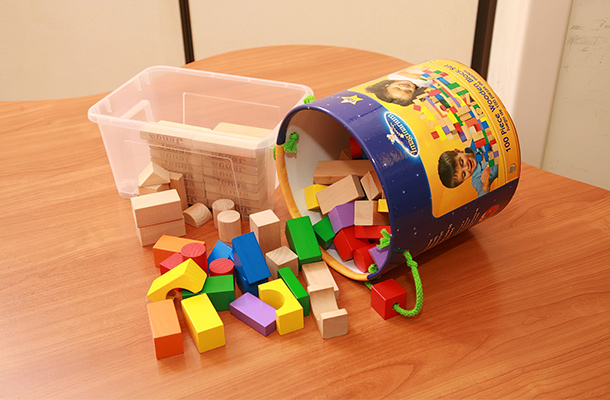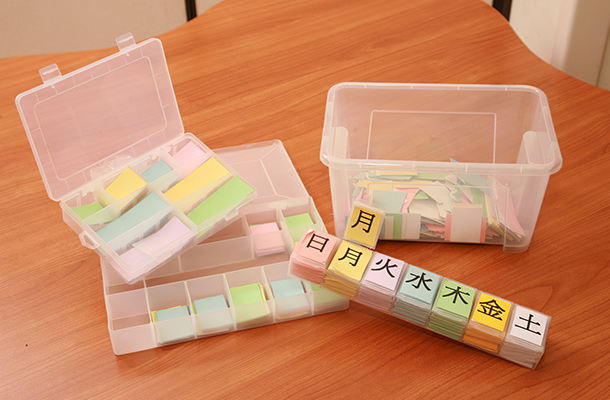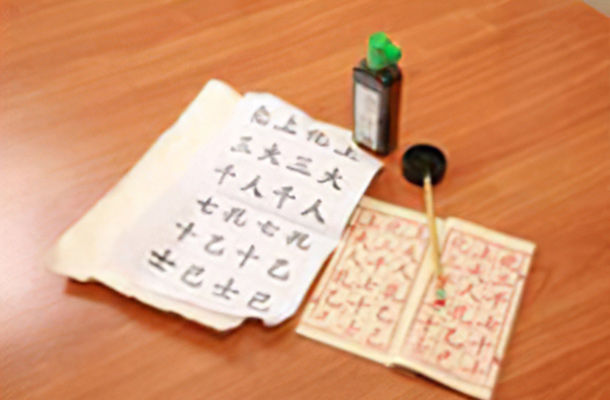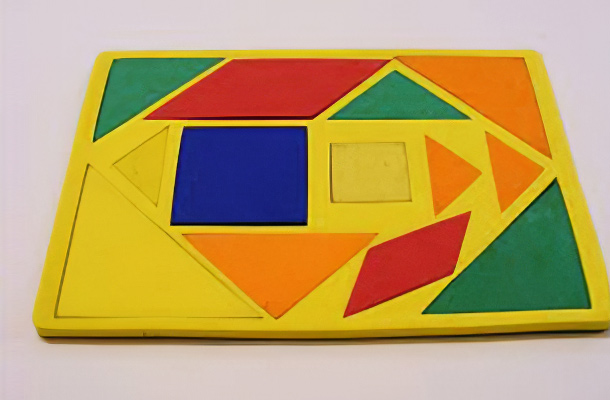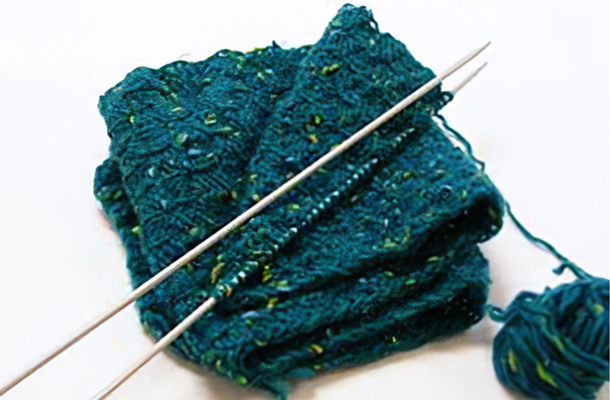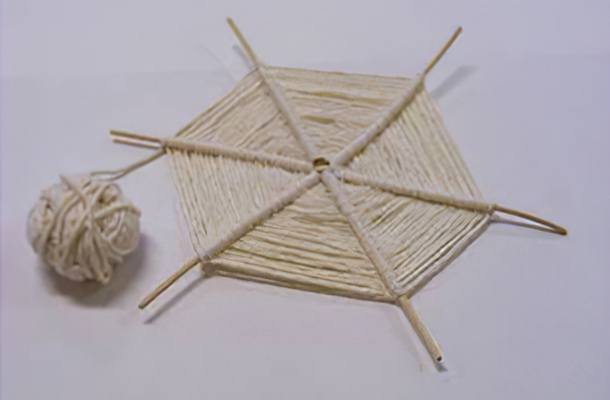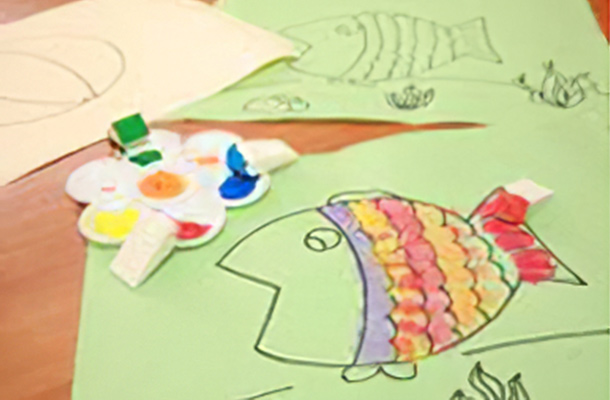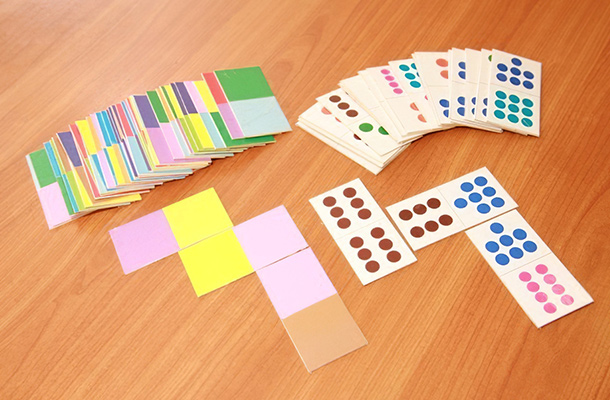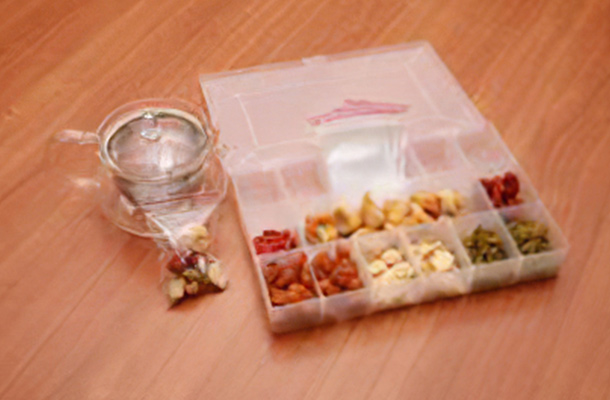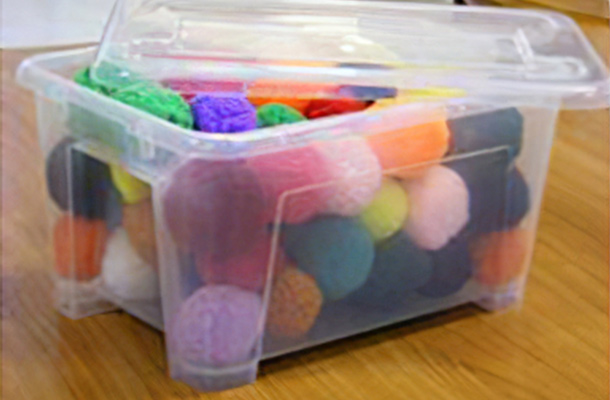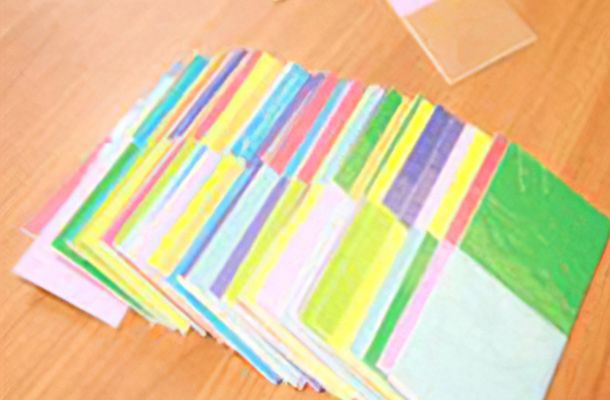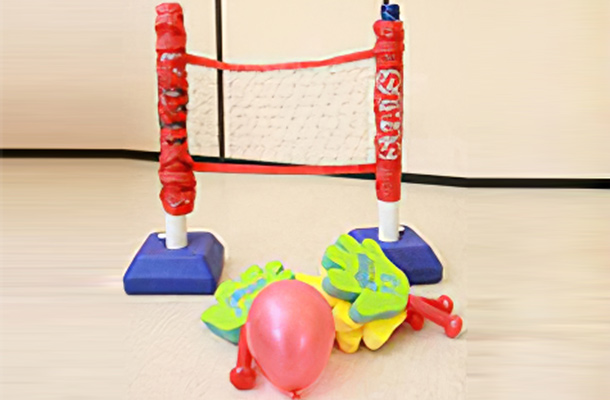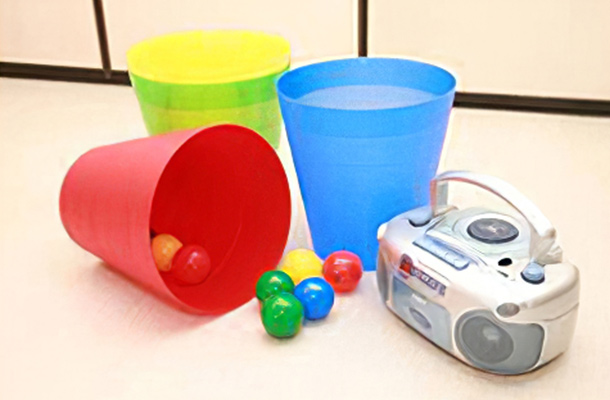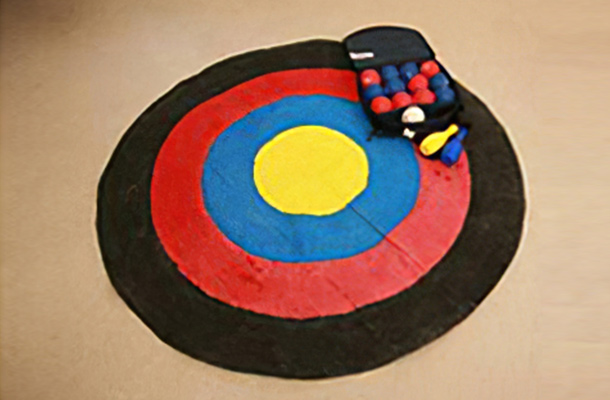Utilize things that the person is familiar with
Example: Cloth, knitting wool, paper, food, music, and proverbs.
Arrange activities the person can understand or is familiar with
- Utilize the abilities of the person to make an activity interesting.
- Follow procedures the person is familiar with to avoid confusion.
- Provide minimal cues and assistance to increase initiative and satisfaction.
- Examples: Calligraphy, sorting, stringing, and using fortune wheels.
Arrange activities that the person can solve on their own
- Allow the person to correct himself or herself.
- Example: Puzzles.
Arrange activities that have repetitive steps and can continue with incorrect steps
- Avoid confusion.
- Prevent frustration.
- Example: Knitting.
Avoid the use of written words
- Use materials that can provide different sensory stimulations.
- Examples: Drawing, cooking.
Display materials clearly
- Lay out the materials from top to bottom and left to right as a cue.
- Let the person see the material to raise their interest.
- Example: Use transparent plastic boxes to hold materials.
Be careful with the size, shape, and colour of materials
- Be concerned about safety issues when choosing materials.
- Use size, shape, and colour to help the person identify and use the correct materials.
- Example: Use bigger and more colourful materials.
